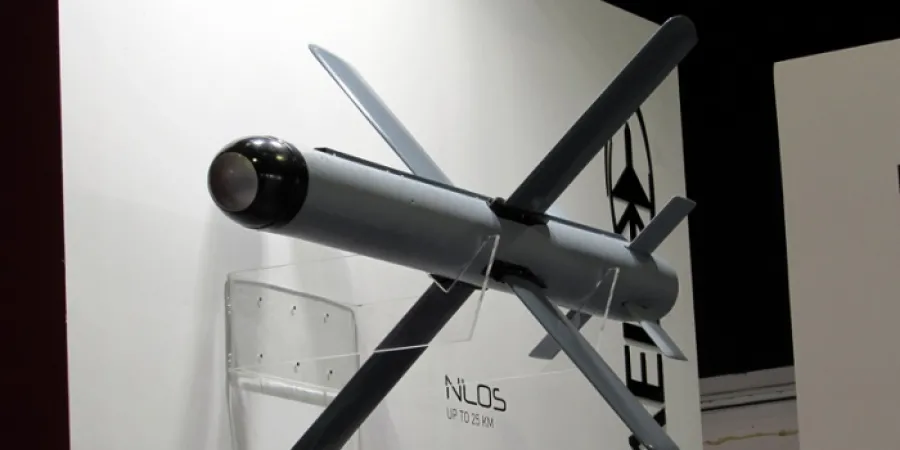Rafael to provide Spike Missiles to the Philippine Navy
The Spike-ER will likely be used on the Multi-Purpose Attack Craft Mark 3, and the Spike NLOS will be used on the AW159 Wildcat Helicopters
Ami Rojkes Dombe
| 30/10/2016
The Israeli company Rafael Advanced Defense Systems will provide the Spike ER missiles for the Philippine Navy (PN) and the Spike NLOS missiles for our Anti-Submarine Warfare (ASW) Helicopters, according to a report on the rhk111smilitaryandarmspage website. The Spike-ER will likely be used on our Multi-Purpose Attack Craft (MPAC) Mark 3 (Mk3) while the Spike NLOS will be used on our AW159 Wildcat Helicopters.
Both Spike missile versions were bought as part of the packages for the MPAC and AW159, with the MPAC project awarded in February 2016, while the AW159 acquisition was awarded in March 2016. These acquisitions are significant because, for the Spike ER, it will be the very first missile system ever to officially enter service with our PN ships. The Spike NLOS, on the other hand, will be the first ever guided missile to enter service for use with the PN’s helicopters.
The ER and NLOS are the longest ranged versions of the Spike family as of now, with the “ER” standing for “Extended Range” while the “NLOS” meaning “Non-Line of Sight.” The ER is the smaller of the two missiles, weighing 33 kg and having a range of 8 km. The NLOS, on the other hand, is more than twice weight of the ER at 71 kg and has almost four times the range of 30 km.
The Spikes are AT missiles, but the PN intends to use them for the Anti-Ship role, and it should do well also in that role because aside from the High Explosive Anti-Tank (HEAT) warheads, there is also an option to use a Penetration, Blast Fragmentation (PBF) warhead on the Spike, which is more suitable against less-armored targets like ships.
The Spike-ER will likely be used on the Multi-Purpose Attack Craft Mark 3, and the Spike NLOS will be used on the AW159 Wildcat Helicopters
The Israeli company Rafael Advanced Defense Systems will provide the Spike ER missiles for the Philippine Navy (PN) and the Spike NLOS missiles for our Anti-Submarine Warfare (ASW) Helicopters, according to a report on the rhk111smilitaryandarmspage website. The Spike-ER will likely be used on our Multi-Purpose Attack Craft (MPAC) Mark 3 (Mk3) while the Spike NLOS will be used on our AW159 Wildcat Helicopters.
Both Spike missile versions were bought as part of the packages for the MPAC and AW159, with the MPAC project awarded in February 2016, while the AW159 acquisition was awarded in March 2016. These acquisitions are significant because, for the Spike ER, it will be the very first missile system ever to officially enter service with our PN ships. The Spike NLOS, on the other hand, will be the first ever guided missile to enter service for use with the PN’s helicopters.
The ER and NLOS are the longest ranged versions of the Spike family as of now, with the “ER” standing for “Extended Range” while the “NLOS” meaning “Non-Line of Sight.” The ER is the smaller of the two missiles, weighing 33 kg and having a range of 8 km. The NLOS, on the other hand, is more than twice weight of the ER at 71 kg and has almost four times the range of 30 km.
The Spikes are AT missiles, but the PN intends to use them for the Anti-Ship role, and it should do well also in that role because aside from the High Explosive Anti-Tank (HEAT) warheads, there is also an option to use a Penetration, Blast Fragmentation (PBF) warhead on the Spike, which is more suitable against less-armored targets like ships.



